Apple is researching how to make an iPhone accessory that can be used to perform spectroscopy in the field, and inexpensively.
Think of how "Star Trek" tricorders also came in a medical version. Or just think how quickly episodes of "Quincy, M.E." could have ended if Jack Klugman had been carrying an iPhone with an add-on sample analyzer.
That's the idea at the heart of Apple's newly-granted patent, "Systems and accessories for optical analysis of samples on portable electronic devices." It's about having a small accessory that biological samples can be placed on for testing, in part, by the iPhone.
Specifically, the patent says that the accessory "may have a lens that is aligned with a rear-facing camera" on the iPhone. Apple's does also do that typical patent thing of covering all bases by saying it doesn't have to be an iPhone, it can be anything.
But the whole point is for a portable system to make an on-site sample tests, so for all practical purposes, it's going to be an iPhone that this testing accessory will be plugged into. So a biological sample will be placed on "a test substrate such as a test slide [which] may have patches of reactant-coated gold nanorods or other nanostructures that exhibit plasmonic resonances when illuminated by light."
The sample doesn't go on a regular slide of the sort you see placed under microscopes — and there are already iPhone-connected microscopes. Here a test slide is instead part of an accessory that also provides that light illumination.
In the illustration above, The item labeled 10 is the iPhone, and 20R is the iPhone camera. The item labeled 40 is the spectroscopy "slide" inserted into the peripheral.
"The light passes through the transparent test slide to the patches of reactant-coated nanorods or other nanostructures," says Apple, "and scatters from the nanostructures in a perpendicular direction through the lens towards the camera."
So it's the iPhone's camera that records what's called the spectral shift shown by the test sample. "These spectral shifts can be analyzed to help determine the composition of the samples," continues Apple, "(e.g., whether a sample contains a virus that binds with an antibody or other reactant)."
"The digital image sensor [in the iPhone] may include pixels of different colors such as red, green, and blue pixels," says the patent, "thereby allowing the camera to make light intensity measurements at multiple wavelength bands (e.g., a red wavelength band, a blue wavelength band, and a green wavelength band)."
Being able to do this means that the chemical composition of a test sample can be determined through the analysis of these light intensity measurements.
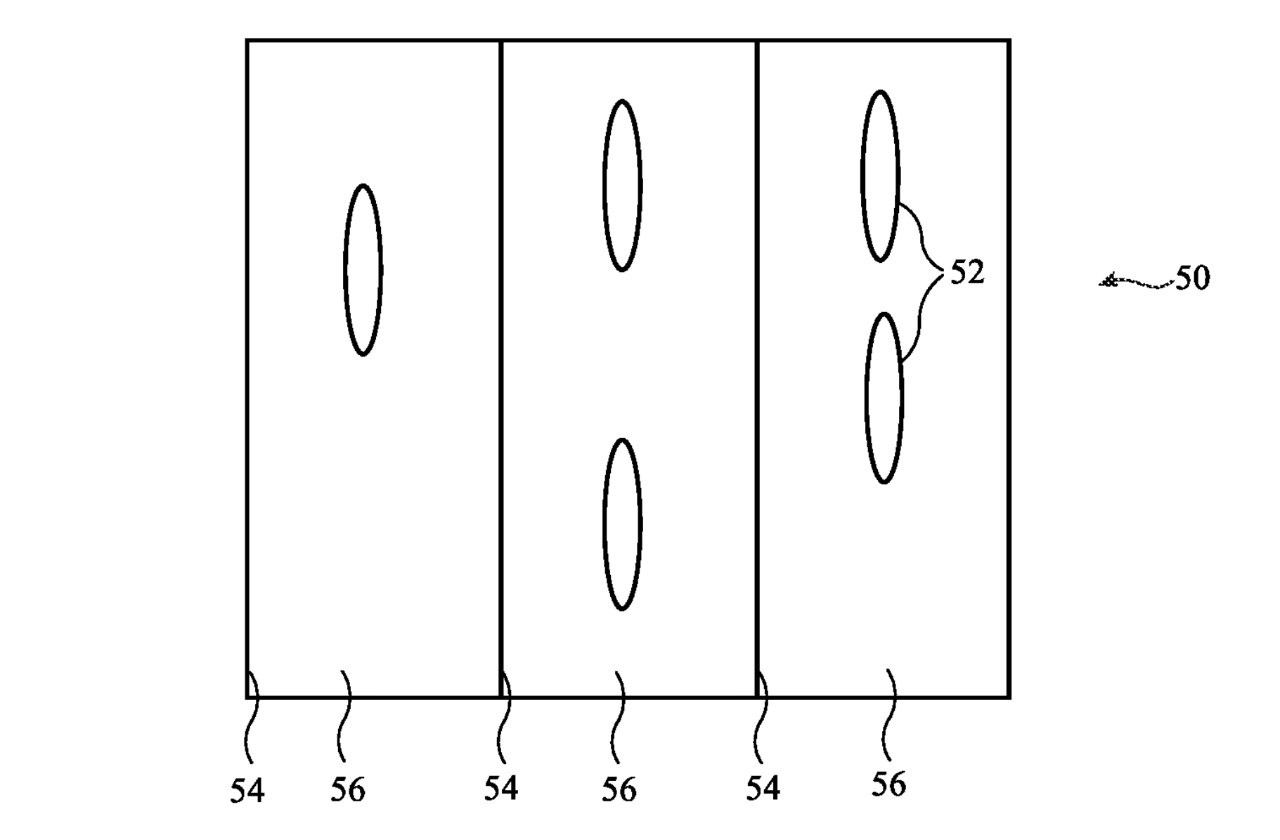 Detail from the patent showing how an iPhone camera could identify significant elements of a test sample
Detail from the patent showing how an iPhone camera could identify significant elements of a test sampleMost of the 6,500 words and 10 pages of drawings are concerned with the detail over what can be determined from testing biological samples in this way. But the elements regarding the iPhone show that this is not using some future technology, it is an add-on that would work with today's iPhone 15 range.
That's quite unusual for an Apple patent, but it still can't be assumed that such an accessory will ever be made. Apple applies for thousands of patents every year and even when some are granted, it can only be taken as an area of interest for the company.
 William Gallagher
William Gallagher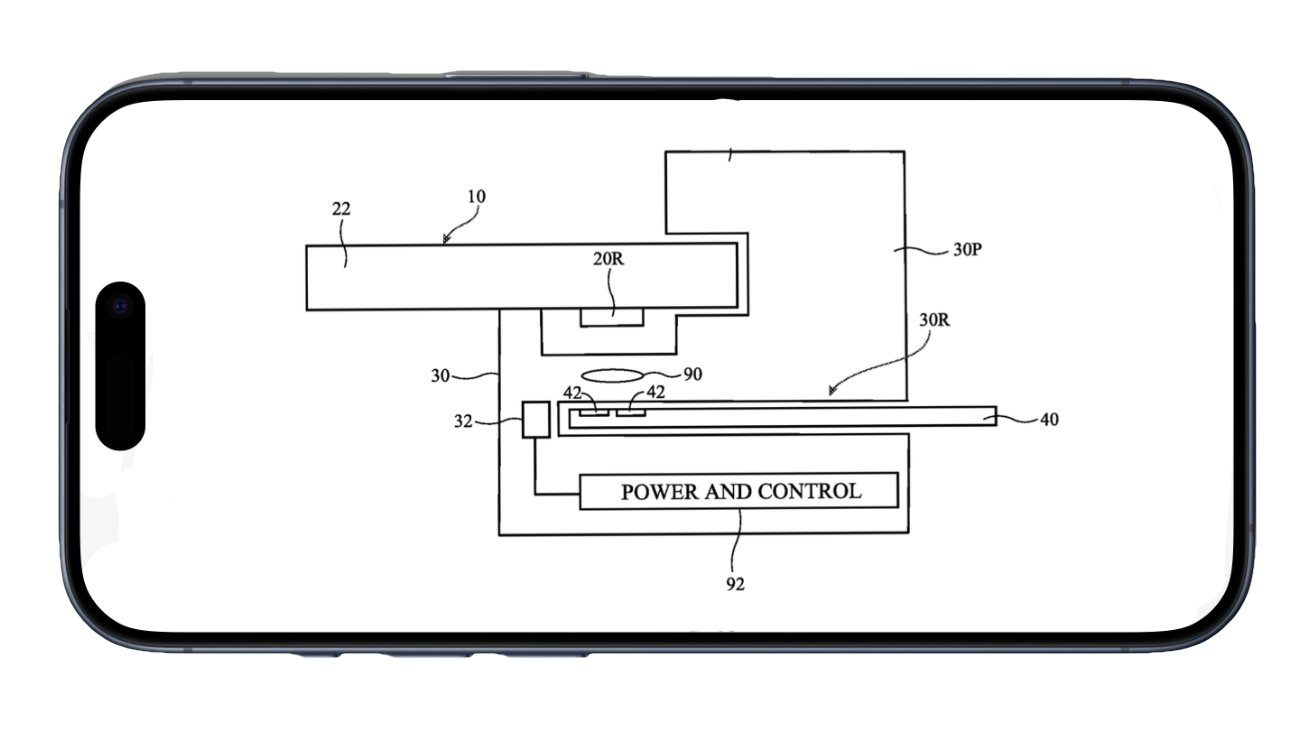







-m.jpg)






 Malcolm Owen
Malcolm Owen
 Charles Martin
Charles Martin

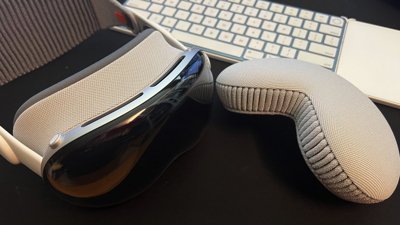
 Mike Wuerthele
Mike Wuerthele
 Christine McKee
Christine McKee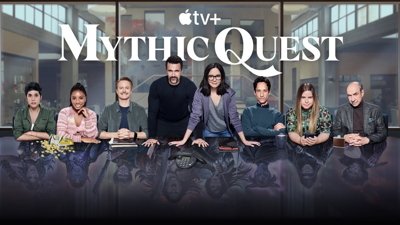
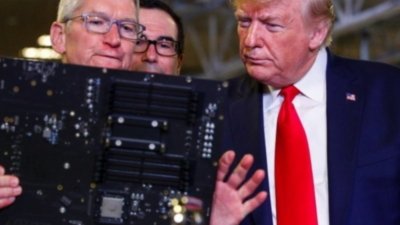
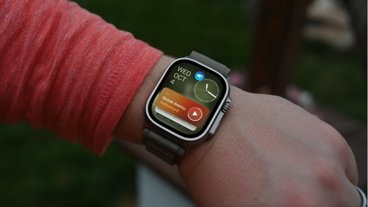


-m.jpg)






5 Comments
I would get this.
Interesting. I think other companies are utilizing camera images for analyzing medical samples — would be very useful for quicker diagnoses.